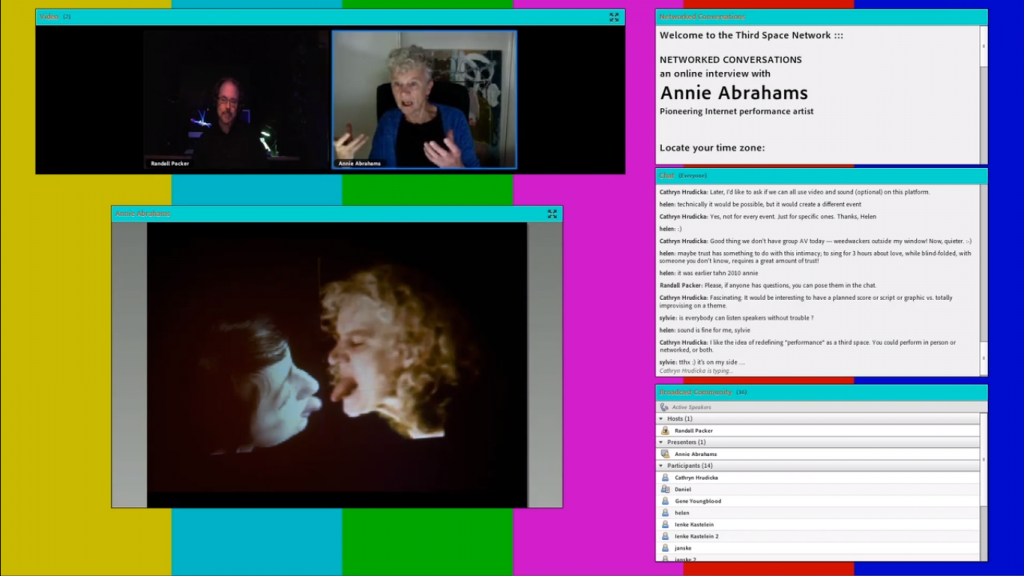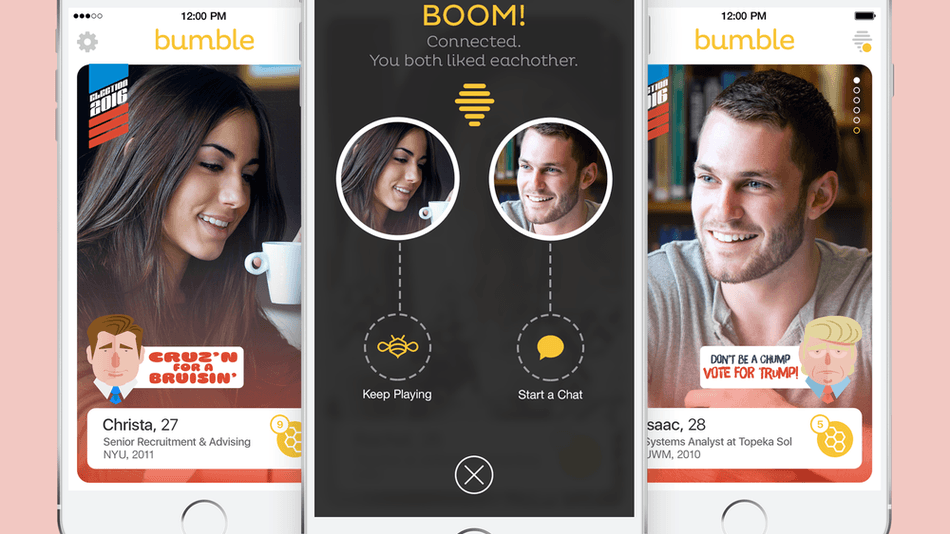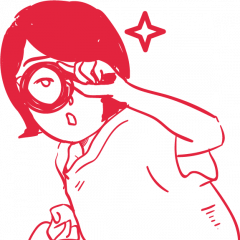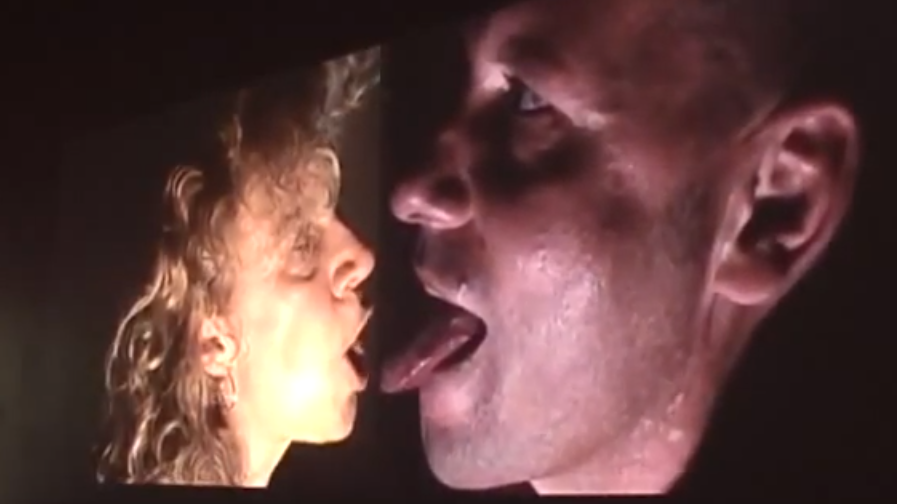|| The Big Kiss (2008) is a 3 hour live webcam networked art piece by Dutch Performance artist Annie Abrahams, where Annie and her co-performer are physically separated from each other and have themselves perform the act of kissing recorded separately.

In a interview with Randall Packer on Third Space Network’s Networked Conversations, Annie Abrahams observes that there are two main reactions to the performance: either fascination by the eroticism that can be evoked without physical interaction, or awkwardness as a bystander who is witnessing this bizarre dissected makeout session of 2 strangers. She explains that the product of this artwork is not the live performance itself, but rather the meeting with her co-host (who was a completely stranger), and the process of discussing what to do in the performance. While performing The Big Kiss, both performers had to visualise pictures in their head and ‘draw’ it out with their tongues, mimicking the action of French kissing.

Annie Abraham’s attempt to expose the ‘sloppy side’ of people (or as we call ‘unglamorous side’) in spontaneous performances like this online juxtaposes the glossed image of online personas that we present to strangers who chance upon our profiles online. In the context of love and intimacy, there are dating applications that people turn to to find love, such as Tinder, Lively and Hinge.

The limitations of these applications are that people can only form “parasocial relationships” (Internet and Emotions by Tova Benski, 2013) with others, since the only information they have is someone’s profile page, and the only people they interact with is the other party’s online persona. They are never in touch with each other’s true personality; rather they are attracted to the illusion that someone has created of themselves in this “egalitarian cyberspace” (Love Online by , 2004), with all the ‘unglamourous’ sides filtered out.
The Big Kiss effectively draws a parallel to this social situation and presents it in a compressed, physical performance that emphasises society’s simultaneous desire and fear when it comes to physical intimacy. Perhaps more could be done to thrust the the online world into reality so that people can begin to rediscover the experience of sharing physical space and touch again, rather than being enclosed in our own “magic circles” (Benski,2013).
Resources:
- The Big Kiss (2008) by Annie Abrahams [5 minute version] https://vimeo.com/2070207
- Annie Abrahams – Networked Conversations https://thirdspacenetwork.com/annie-abrahams/
- Tinder https://tinder.com/app/login
- Bensky, Tova, and Eran Fisher. Internet and emotions. New York: Routledge, 2014.
- Ben-ZeT̤ev, Aharon, and Madiha. Love online. Lahore: Sabih Publishers.





